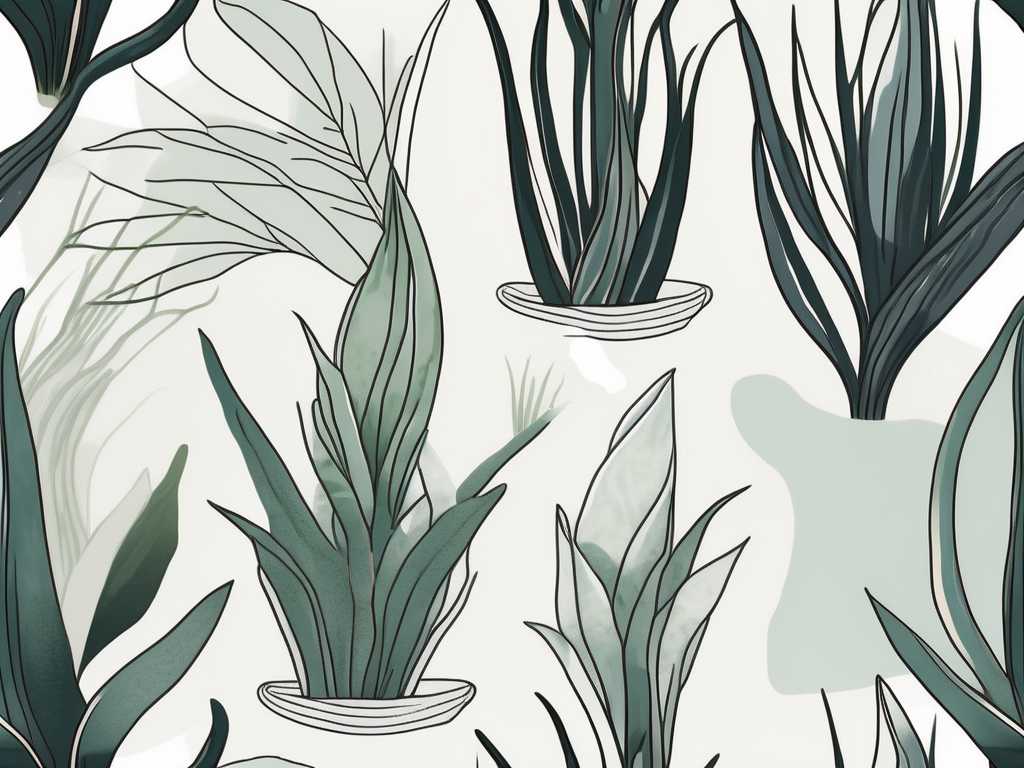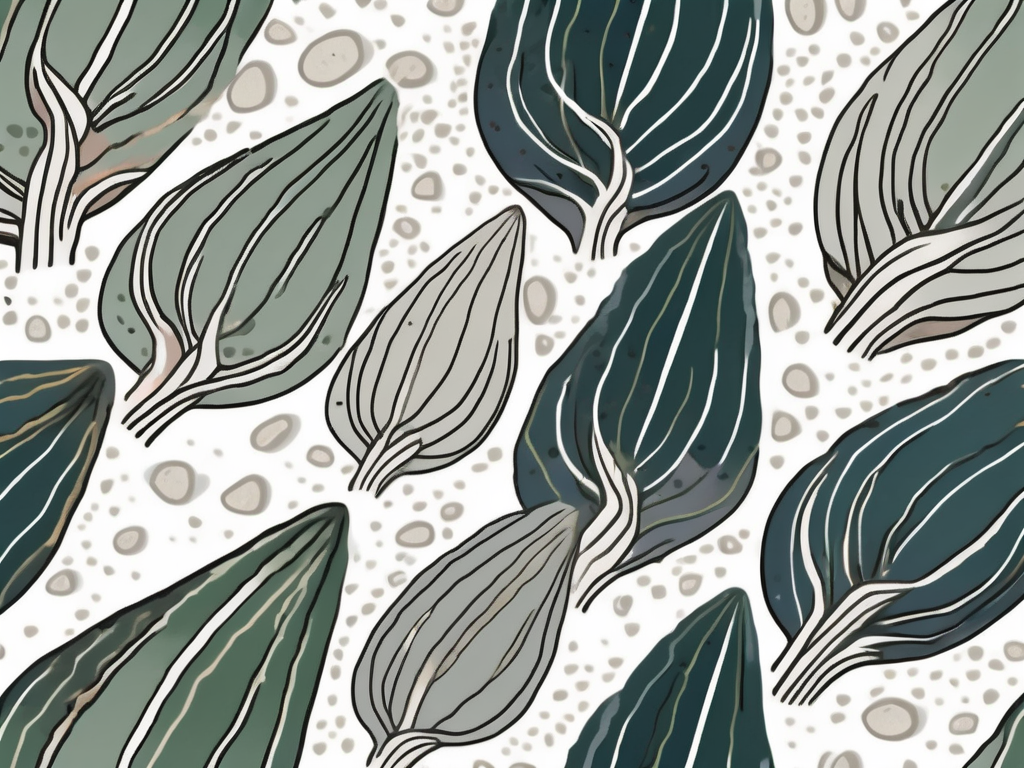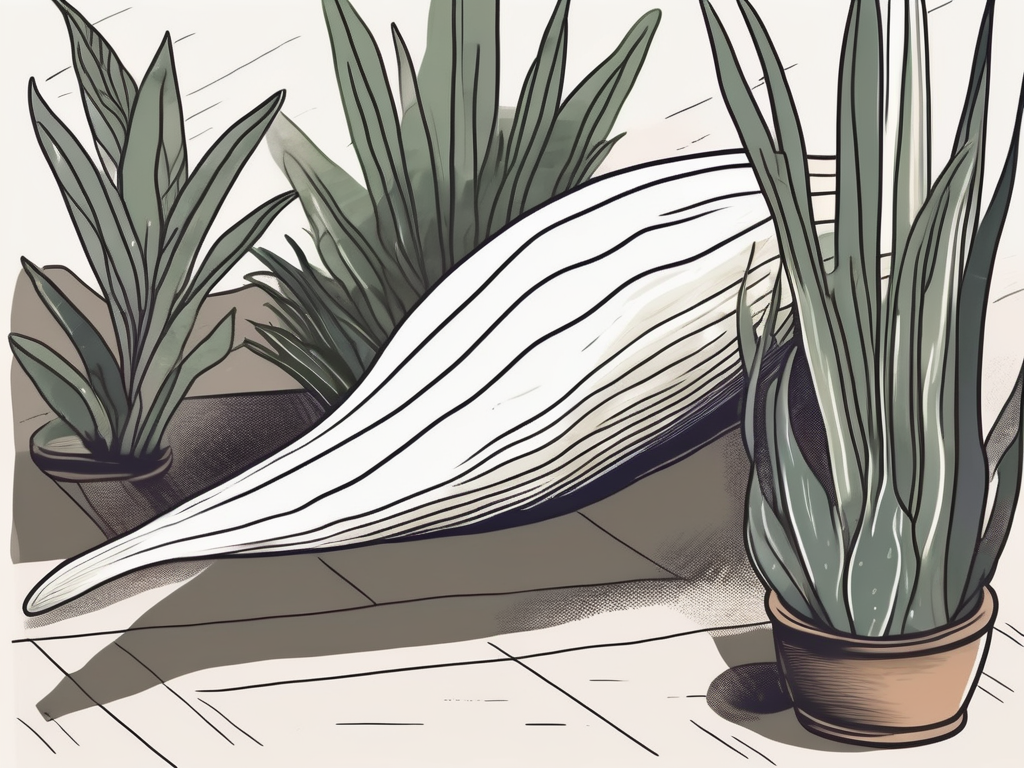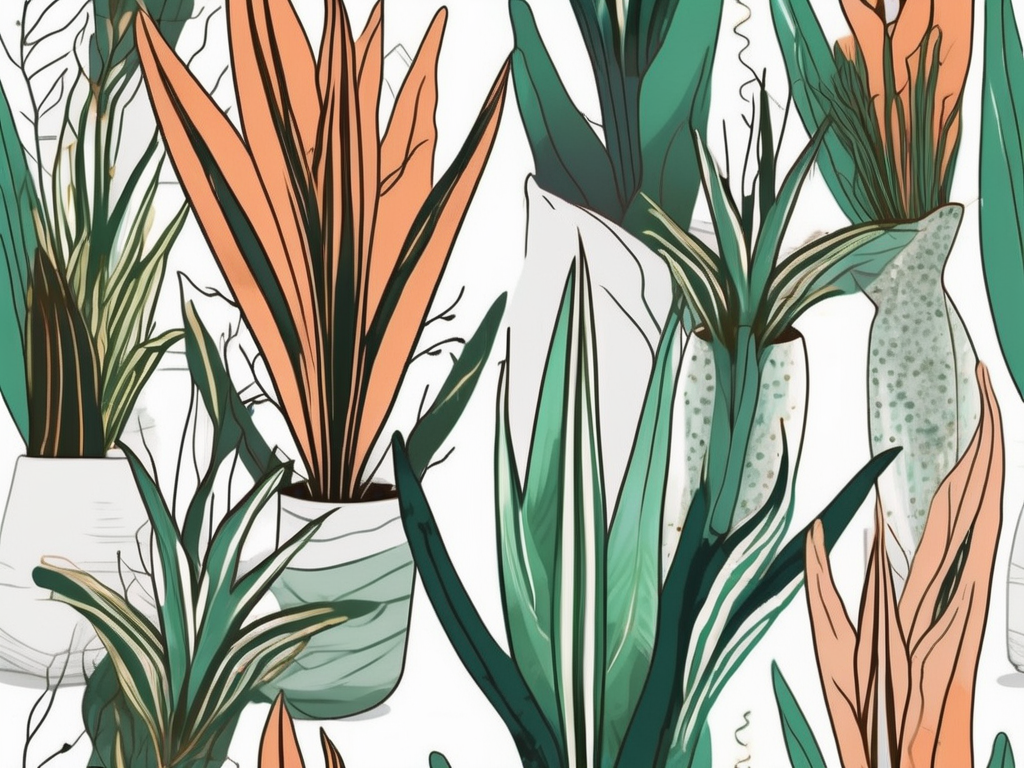
Ah, the majestic Whale Fin Snake Plant! If you’ve ever laid eyes on its broad, paddle-shaped leaves, you know why it’s fast becoming a favorite among plant lovers. With its striking appearance and low-maintenance nature, it’s a fantastic addition to any home, whether you're a seasoned plant parent or just starting.
Today, we’re going to chat about how you can make your Whale Fin Snake Plant thrive. We'll cover everything from picking the right spot in your home to dealing with any pesky pests that might pop up. So, let’s get started and transform your space into a leafy oasis!
Getting to Know Your Whale Fin Snake Plant
Your Whale Fin Snake Plant, officially known as Sansevieria masoniana, is as unique as its name suggests. With its distinctive, wide leaves that resemble a whale's fin, it’s a standout in any plant collection. Originating from Africa, this hardy plant is quite adaptable and doesn’t demand too much fussing over, making it perfect for those who love the idea of plants but maybe not the high maintenance some require.
What makes the Whale Fin so fascinating is its ability to thrive in less-than-ideal conditions. It’s not just a pretty face; it’s tough, resilient, and can survive on minimal attention. This makes it an excellent choice for busy folks or anyone prone to forgetting their watering schedule (no judgment here!).
But don’t let its hardiness fool you into thinking it doesn’t need any care. Like any living being, it has its preferences and quirks. Understanding these can help you create an environment where your plant not only survives but truly thrives.
Choosing the Perfect Spot
Location can make all the difference for your Whale Fin Snake Plant. While it can tolerate low light, it truly shines in bright, indirect sunlight. Think of a spot near a window where it can soak up some rays without being scorched. Too much direct sunlight can cause those beautiful leaves to fade or even burn.
If your home doesn’t get a lot of natural light, don’t worry. This plant is adaptable and can manage in lower light conditions. You might notice slower growth, but as long as it’s not in complete darkness, it should do just fine.
Another thing to consider is the temperature. Whale Fins prefer a warm environment, ideally between 60-80°F. They don’t appreciate the cold, so keep them away from drafty windows or doors, especially in winter. A little attention to their environment goes a long way in keeping them happy.
Watering Wisely
One of the biggest pitfalls for new plant parents is overwatering. The Whale Fin Snake Plant is drought-tolerant, which means it prefers to dry out between waterings. A good rule of thumb is to water it once the top inch of soil feels dry. During winter, you can stretch this period even longer, as the plant's growth slows down.
When watering, make sure to water thoroughly, allowing excess water to drain out of the pot. They don’t like sitting in water, as this can lead to root rot—a plant’s worst nightmare. If your plant’s leaves start turning yellow, it might be a sign of too much water.
Remember, it’s always better to underwater than overwater with this species. If you’re unsure, wait a few more days and check again. Patience is a virtue, especially when it comes to watering your Whale Fin.
Soil Selection
Choosing the right soil is crucial for any plant, and the Whale Fin is no exception. This plant thrives in a well-draining soil mix, similar to what you’d use for cacti or succulents. You can find these mixes at most garden centers, or you can make your own by combining potting soil with perlite or sand to improve drainage.
Good drainage is essential because, as mentioned earlier, the Whale Fin doesn’t like 'wet feet.' The last thing you want is waterlogged soil that can lead to root rot. If you’re using a decorative pot without drainage holes, consider using it as a cover pot and keeping your plant in a nursery pot with drainage. It’s a simple solution that can save you from a lot of potential problems.
Repotting isn’t something you’ll need to do often with this plant. Every couple of years should suffice, or when you notice it’s outgrowing its pot. When you do repot, choose a pot that’s only slightly larger to avoid too much excess soil, which can retain more water than your plant needs.
Feeding Your Plant
Good news for those who aren’t keen on frequent fertilizing: the Whale Fin doesn’t require a lot of feeding. During the growing season (spring and summer), you can fertilize once a month using a balanced houseplant fertilizer. Dilute it to half strength to avoid overwhelming your plant.
Come fall and winter, you can take a break from feeding. The plant's growth slows down during these months, and it won’t need as much nutrition. In fact, over-fertilizing can cause more harm than good, leading to salt build-up in the soil.
Feeding is more about supporting the plant’s health and encouraging growth rather than an absolute necessity. Keep an eye on your plant, and if it seems to be growing happily without fertilizer, there’s no pressing need to start.
Dealing with Pests
While the Whale Fin Snake Plant is generally pest-resistant, it’s not entirely immune. Common culprits include spider mites and mealybugs, which can occasionally make an appearance. The good news is that they’re usually easy to deal with.
If you spot any pests, the first step is to isolate the plant to prevent them from spreading. You can use a solution of water and mild dish soap to wipe down the leaves, which often does the trick. For more stubborn infestations, an insecticidal soap or neem oil can be effective.
Regularly dusting the leaves not only keeps them looking their best but also helps you spot any potential problems early. Prevention is always easier than cure, so keep an eye on your plant and address any issues promptly.
Propagation Fun
One of the joys of owning a Whale Fin Snake Plant is the ability to share it with others. Propagation is not only fun but also allows you to expand your collection or gift a piece of your plant to a fellow plant lover.
The easiest way to propagate is through leaf cuttings. Here’s a simple step-by-step guide:
- Cut a healthy leaf from your plant, ideally with a clean, sharp knife or scissors.
- Let the cutting sit for a couple of days to allow the cut end to callous over. This helps prevent rot when you plant it.
- Once it’s ready, place the cutting in a small pot with cactus soil mix. You can plant it upright or lay it flat—both methods work.
- Water lightly and place it in a warm, bright spot. Be patient, as it can take several weeks for roots to develop.
Propagation is a wonderful way to engage with your plant and appreciate its growth journey. Plus, who doesn’t love a little plant magic?
Incorporating Your Whale Fin in Home Decor
The Whale Fin Snake Plant is more than just a houseplant; it’s a statement piece. Its bold, architectural shape makes it a perfect addition to any room where you want to make an impact. Here are a few ideas to get you started:
- Minimalist Spaces: The clean lines of the Whale Fin complement minimalist decor beautifully. Pair it with simple, neutral pots to keep the focus on the plant.
- Eclectic Mix: If you prefer a more eclectic style, group your Whale Fin with other plants of varying heights and textures. This creates a dynamic, eye-catching display.
- Office Space: Bring some life to your home office with a Whale Fin. Its air-purifying qualities can help create a healthier workspace, and its unique look might even inspire some creativity.
Don’t be afraid to experiment and move your plant around until you find the perfect spot. The Whale Fin is versatile and can adapt to different styles and spaces.
Troubleshooting Common Issues
Even the best plant parents encounter issues from time to time. Here are some common problems you might face with your Whale Fin Snake Plant, along with some tips to help you troubleshoot:
- Yellowing Leaves: This is often a sign of overwatering. Check the soil and adjust your watering schedule as needed.
- Brown Tips: Low humidity or inconsistent watering can cause the tips to brown. Try increasing humidity with a pebble tray or by grouping plants together.
- Slow Growth: While the Whale Fin isn’t a fast grower, if you notice it’s not growing at all, it might need more light or a nutrient boost during the growing season.
Remember, plants are living things with their own rhythms and needs. A little trial and error is all part of the journey, so don’t get discouraged.
Final Thoughts
Caring for a Whale Fin Snake Plant can be a rewarding experience, as this unique plant brings both beauty and resilience to your home. Whether you're perfecting your plant care skills or simply enjoying the process, this plant is a lovely companion.
At Cafe Planta, we love sharing our passion for plants. If you have any questions or need personalized advice, feel free to email us or reach out on Instagram. We’re here to help you create a thriving plant collection that brings a touch of nature into your home.
























